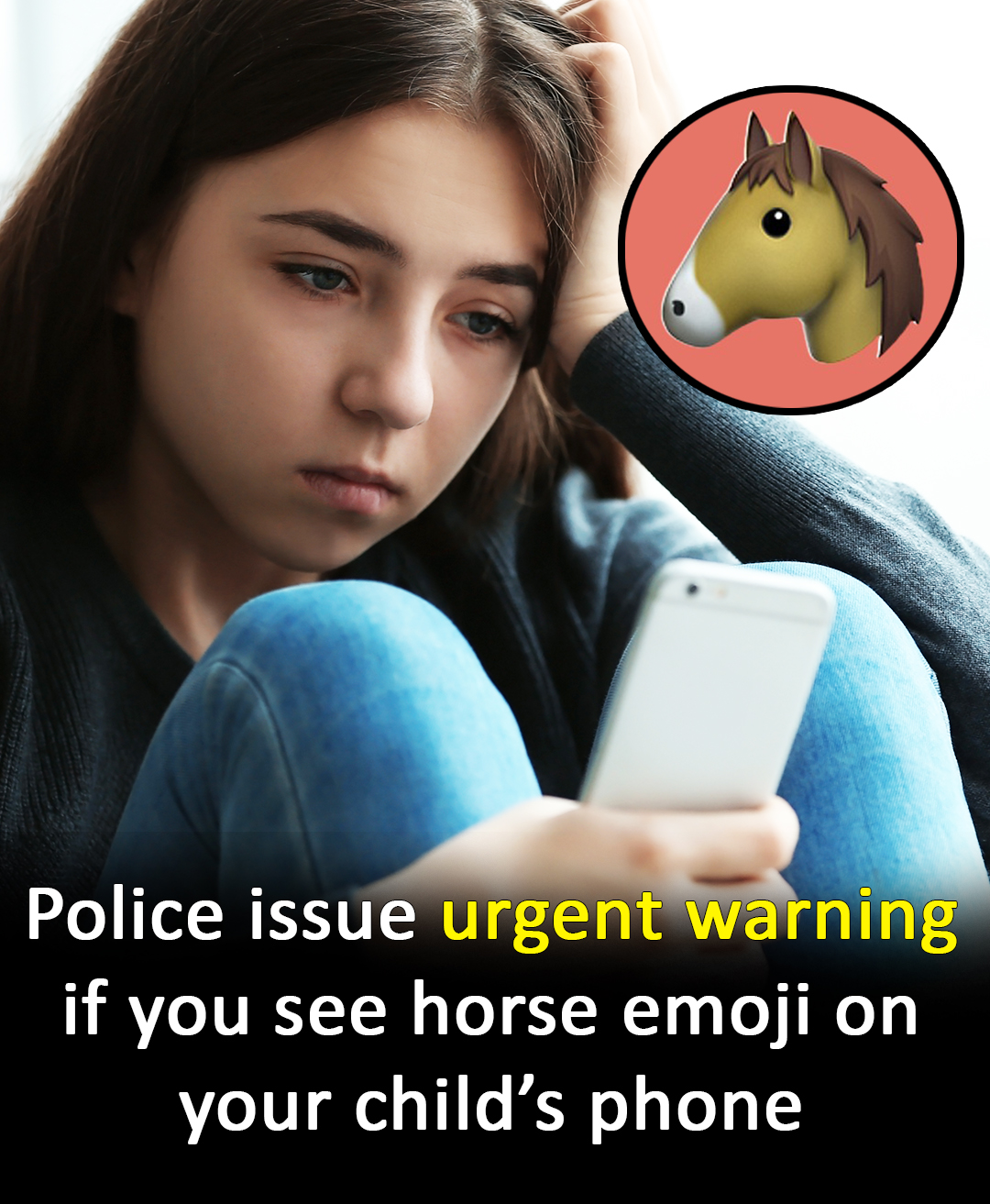Being a parent in today’s digital world isn’t easy. Between smartphones, social media, and online games, kids are more connected than ever. But that constant connection also opens the door to a whole new set of challenges — ones our parents never had to deal with.
Now, law enforcement is sounding the alarm about a trend that seems innocent on the surface but could be hiding something much darker. It all comes down to emojis — yes, those little pictures we all use in texts and comments. Some of them are being used as secret codes, and if you’re not paying attention, you might miss the warning signs.

The Secret Language of Emojis
Social media platforms and messaging apps like Instagram, Snapchat, and TikTok have become the go-to ways for kids to talk to their friends. But there’s a downside. Many young people don’t fully understand the dangers lurking in these digital spaces. And while we’d all love for the internet to be a safe place for our kids, the reality is very different.
Online predators, dangerous ideologies, and illegal activities are more accessible than ever before. And one of the ways kids are communicating about risky behavior is through emojis.
Authorities have recently uncovered that certain emojis are being used as secret codes among teens. One, in particular, is raising serious red flags: the horse emoji 
The Truth About the Horse Emoji
If you saw a horse emoji in your child’s messages, you’d probably think they were talking about ponies or horseback riding. But according to police, it’s being used as code for ketamine — a powerful sedative often referred to as “Special K.” Once used primarily as a tranquilizer for animals, ketamine has made its way into the party scene because of its hallucinogenic effects. It’s also dangerous and addictive.
Law enforcement agencies across the U.S. are cracking down on online drug culture, and emojis like the horse are a big part of how young people are hiding their conversations about these substances.
Other Emojis Parents Should Watch For
Unfortunately, the horse emoji isn’t the only one with a hidden meaning. Police have released a list of other emojis commonly linked to drugs and dangerous behavior. Here’s a quick breakdown:
-
Alien,
Skull, or
Demon Mask – Often used to represent MDMA, also known as Ecstasy or Molly.
-
Snowflake or
Snowman – Slang for cocaine.
-
Maple Leaf,
Tree, or
Four-Leaf Clover – Symbols for marijuana.
-
Cake,
Ice Cream,
Grapes,
Lemons, or
Cherries – Code for cannabis edibles or other marijuana products.
But it doesn’t stop there. Parents also need to be aware of how online radicalization works — and how emojis are being used in those spaces too.
The Dark World of Online Radicalization Exposed by Netflix’s Adolescence
Netflix’s hit show Adolescence pulled back the curtain on another online threat: radicalization through toxic online communities, including the “manosphere” and incel movements.
In the series, a 13-year-old boy becomes radicalized after consuming manosphere content, ultimately leading him down a path of violence. And much like the drug world, these communities have their own emoji codes that seem harmless but carry dangerous meanings.
Here are a few examples:
-
Dynamite – Symbolizes the “exploding red pill,” often used by incels.
-
100 – Refers to the “80/20 rule,” a belief in the manosphere that 80% of women are only attracted to 20% of men.
-
Kidney Bean – A derogatory way to label someone as an incel.
Experts warn that these online spaces are recruiting young boys at an alarming rate. Social media makes it easy for them to get sucked in without parents even realizing what’s happening.
Dr. Robert Lawson, a sociolinguistics expert from Birmingham City University in the UK, explained that the 
As Dr. Lawson put it, the symbol draws heavily from the 1999 film The Matrix, where taking the red pill allows characters to see the truth behind an illusion. Within the manosphere, “red-pilled” men believe they’ve uncovered the “real” nature of women and dating, often blaming women for their own frustrations.
What Parents Can Do Right Now
As the digital world keeps evolving, so does the way kids communicate. Emojis might seem harmless, but they can hide deeper and more troubling meanings. Here’s how you can stay on top of it:
-
Stay Informed
Keep up with current online slang, trends, and hidden meanings behind popular emojis. Knowledge is your best defense. -
Open Up Conversations
Talk to your kids about what they’re seeing online. Keep the lines of communication open so they feel comfortable sharing their experiences and concerns. -
Monitor Their Digital World
Without invading their privacy, stay aware of their online activity. Know what apps they’re using and who they’re talking to. -
Use Parental Controls
Most apps and devices now offer parental control settings. These tools can help filter harmful content and block risky conversations.
The Bottom Line
The internet can be an amazing place for learning and connection, but it also comes with serious risks. By staying proactive, informed, and involved in your child’s digital life, you can help protect them from dangers they might not even realize are there.
If this article opened your eyes, share it with other parents. The more we know, the safer our kids will be.





